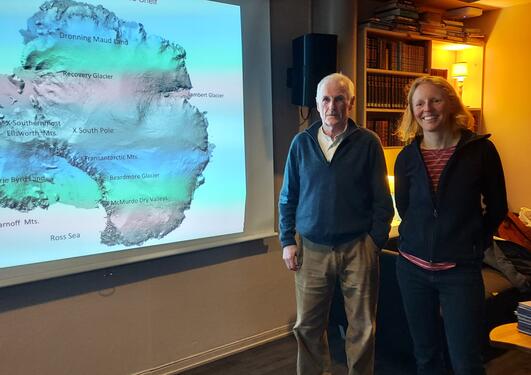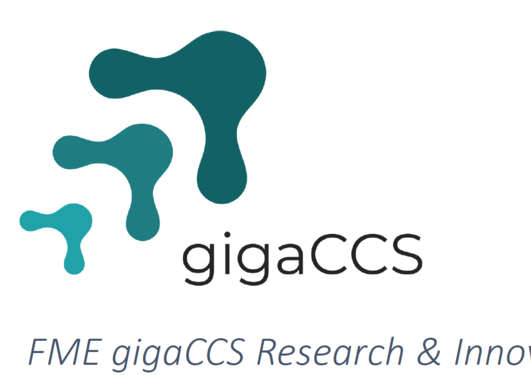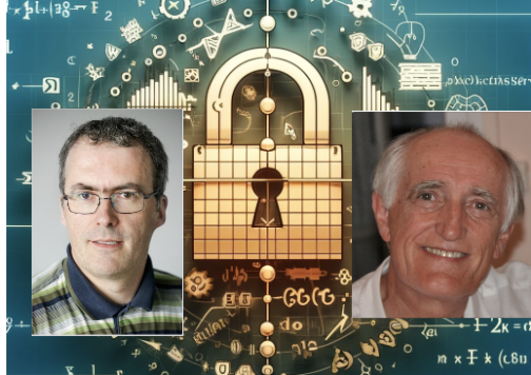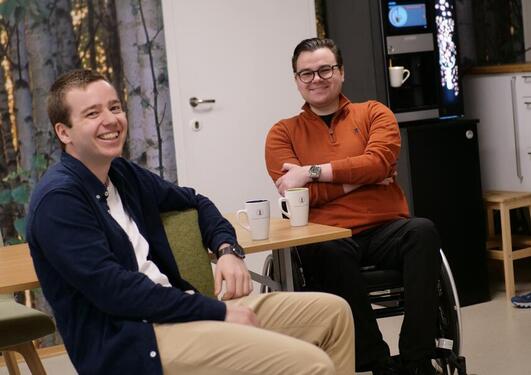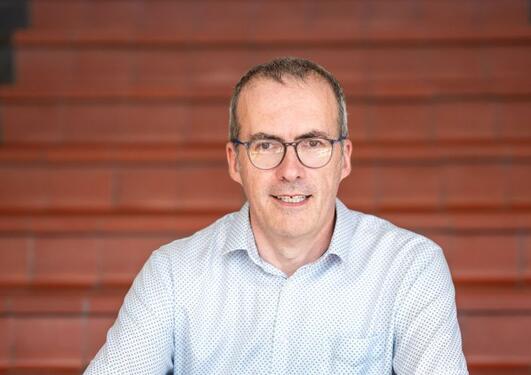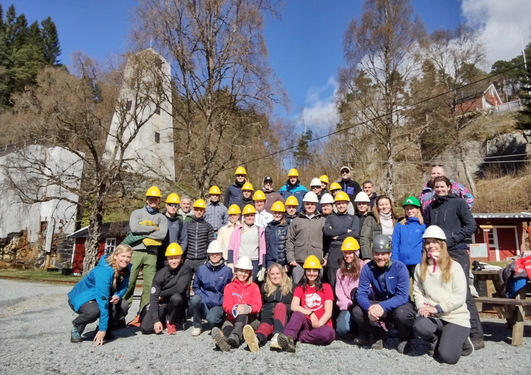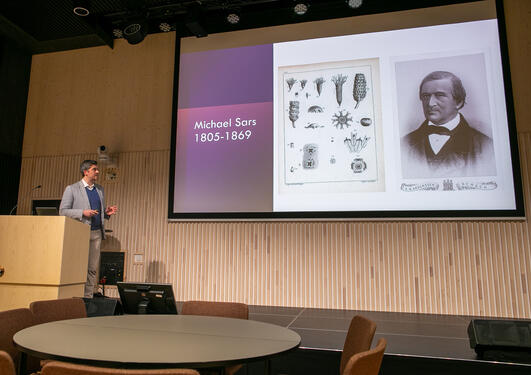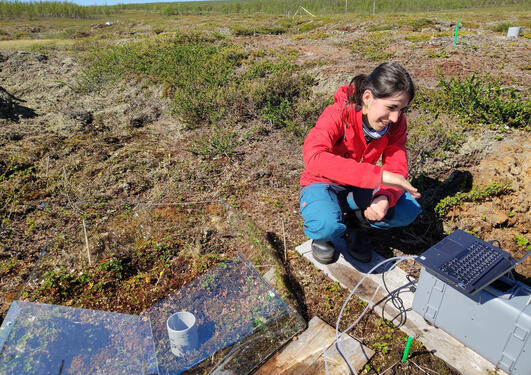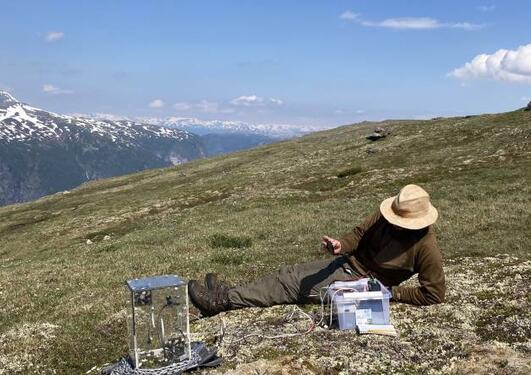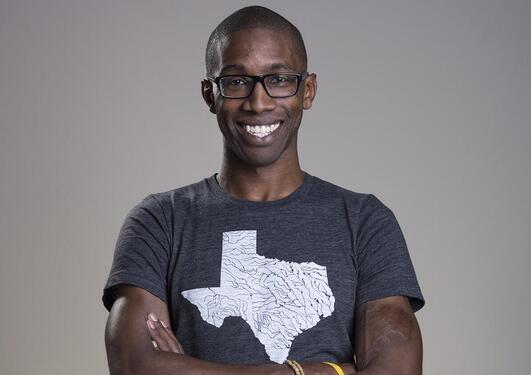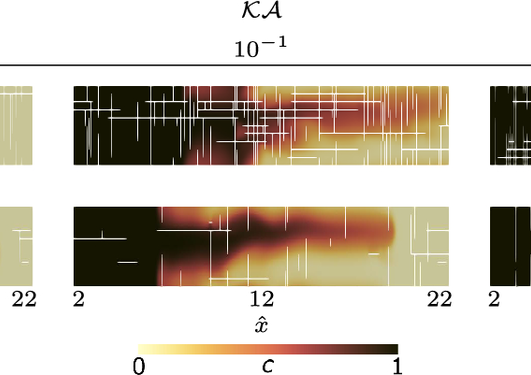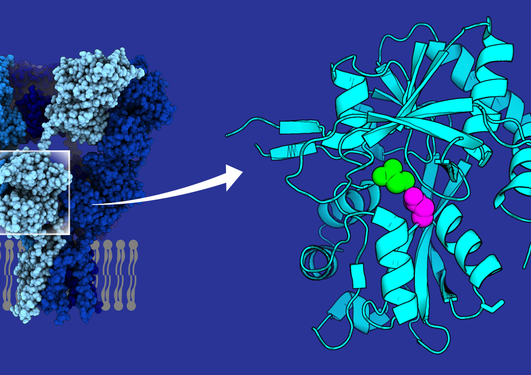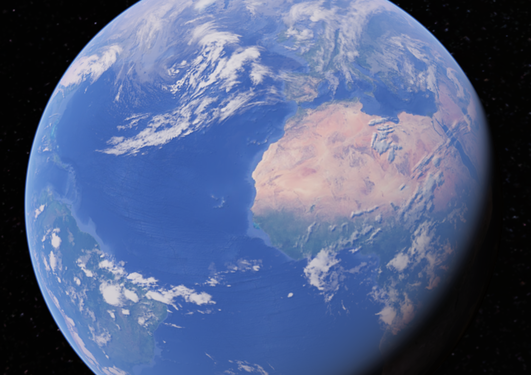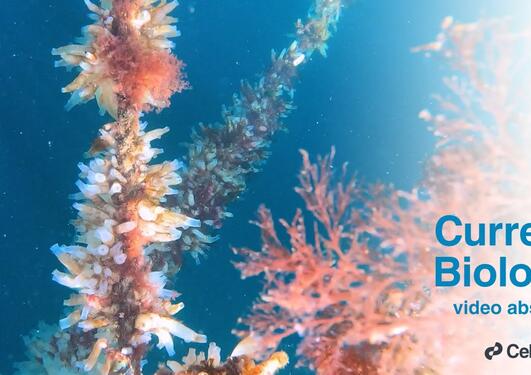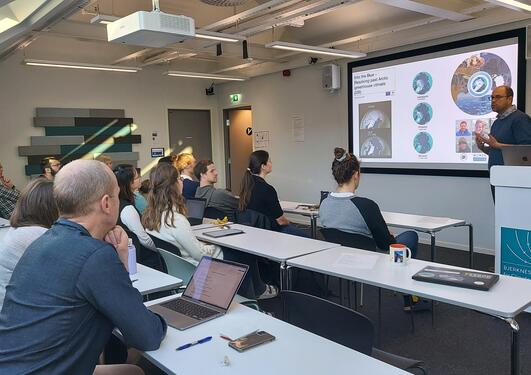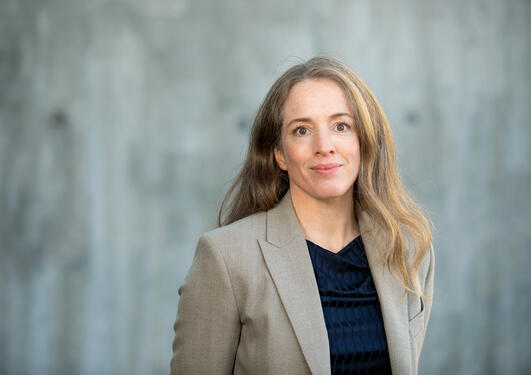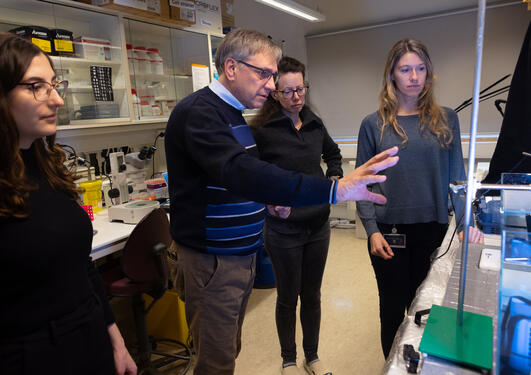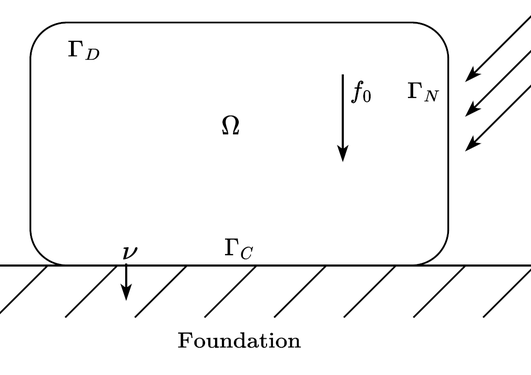News archive for Faculty of Mathematics and Natural Sciences
Polar Network Event, Bergen, April 11, 2024
On Thursday, April 11, we had the first event of the Polar Science Network this year.The event took place at Mao’s Lille Røde (Det Akademisk Kvarter) with two exciting and different perspectives of fieldwork in Antarctica.
The first presentation was given by Elin Darelius about her recent fieldwork on the Fimbul ice shelf. She and a group of... Read more
The Research Council of Norway recently announced a significant investment in a new research center on carbon capture, transport, and storage (CCS) in Norway, of which the porous media group is a proud partner. gigaCCS is a Centre for Environment-Friendly Energy Research (FME) that will develop Norway's CCS competence and contribute to the global implementation of CCS on a gigatonne scale.
The International Association of Cryptological Research (IACR) elected Vincent in 2019 and Claude in 2022
as IACR fellows for their contributions and services to the community.
According to the Study Barometer, those who study Data Security are among the university's most satisfied.
Last week, four members of the Centre for Deep Sea Research led a field excursion for the GEOV-109 Introduction to Geochemistry course at a former pyrite mine in Sunnhordland Geopark.
Amidst the festivities of One Ocean Week, researchers from the Michael Sars Centre embraced the opportunity to engage with the public on Family Day and participate in the Ocean Outlook conference.
Tundra ecosystems hold vast amounts of carbon, which is projected to be released into the atmosphere under climate warming. Researchers from the department of Biological Sciences contributed to this important and alarming new paper in Nature, led by researchers from Umeå University in Sweden.
A new study in Nature collects large datasets from tundra around the world, showing how reveals how a warming climate might shift the tundra environment from a carbon sink to a carbon source.
The Faculty of Mathematics and Natural Sciences' new honorary doctor, Christopher Aiden-Lee Jackson, is honored for his research that has significantly impacted our understanding of earthquakes, volcanism, and the extraction of natural resources. Moreover, he is recognized for his dedication to diversity, inclusion, and equality.
This paper study the impact of fractures on the unstable displacement of viscous fingers. Particular focus is given the transition from a regime where the flow is dominated by the viscous instabilities, to a regime where the heterogeneity induced by the fractures define the flow paths.
Researchers from the Lynagh Group reveal how minor amino acid variations in ionotropic glutamate receptors (iGluRs) can lead to major functional changes across animal phyla.
A lot is happening next week in Bergen, with among other the One Ocean week and the Ocean outlook events. Several members of the Centre for Deep Sea Research are involved in various events.
A new video abstract for Current Biology explores how specific chemical cues control the settlement and metamorphosis of Ciona larvae. Watch the film to hear researchers from the Chatzigeorgiou Group discuss their findings.
This Polar Express, we had 7 Project presentations and 6 presentations of recent Polar Science articles from Bergen, which were presented on Friday, November 24, in the Bjerknes Lecture Room (West Wing, Geophysical Institute, 4th floor).
GFZ is Germany's national research center for solid Earth sciences. Its mission is to improve our understanding of the solid earth's dynamics and create solutions for society's major problems.
Professor Giovanni Zambon and researcher Dr. Valentina Zaffaroni Caorsi from the University of Milan-Bicocca recently visited the Centre to conduct preliminary experiments as part of the pan-European project DeuteroNoise.
In this paper, we develop a general framework for an evolutionary variational-hemivariational inequality coupled with a differential equation. The framework is adapted to a frictional contact problem with applications in earth sciences. In here we present an approximation of the so-called rate-and-state friction law and prove that the coupled system is well-posed.
Pages
- April 2024 (16)
- March 2024 (6)
- February 2024 (16)
- January 2024 (8)
- December 2023 (7)
- November 2023 (19)
- October 2023 (12)
- September 2023 (12)
- August 2023 (8)
- July 2023 (3)
- June 2023 (11)
- May 2023 (9)
- April 2023 (14)
- March 2023 (9)
- February 2023 (12)
- January 2023 (18)
- December 2022 (7)
- November 2022 (25)
- October 2022 (8)
- September 2022 (8)
- August 2022 (8)
- July 2022 (6)
- June 2022 (10)
- May 2022 (11)
- April 2022 (6)
- March 2022 (7)
- February 2022 (12)
- January 2022 (9)
- December 2021 (10)
- November 2021 (3)
- October 2021 (11)
- September 2021 (6)
- August 2021 (6)
- July 2021 (3)
- June 2021 (21)
- May 2021 (13)
- April 2021 (3)
- March 2021 (7)
- February 2021 (4)
- January 2021 (5)
- December 2020 (6)
- November 2020 (4)
- October 2020 (4)
- September 2020 (4)
- August 2020 (4)
- July 2020 (2)
- June 2020 (3)
- May 2020 (4)
- April 2020 (5)
- March 2020 (4)
- February 2020 (2)
- January 2020 (4)
- December 2019 (7)
- November 2019 (7)
- October 2019 (12)
- September 2019 (4)
- August 2019 (7)
- July 2019 (3)
- June 2019 (11)
- May 2019 (9)
- April 2019 (7)
- March 2019 (11)
- February 2019 (10)
- January 2019 (12)
- December 2018 (14)
- November 2018 (9)
- October 2018 (11)
- September 2018 (6)
- August 2018 (9)
- July 2018 (2)
- June 2018 (7)
- May 2018 (9)
- April 2018 (8)
- March 2018 (9)
- February 2018 (9)
- January 2018 (7)
- December 2017 (4)
- November 2017 (9)
- October 2017 (8)
- September 2017 (4)
- August 2017 (4)
- July 2017 (3)
- June 2017 (13)
- May 2017 (6)
- April 2017 (6)
- March 2017 (10)
- February 2017 (9)
- January 2017 (5)
- December 2016 (7)
- November 2016 (5)
- October 2016 (7)
- September 2016 (8)
- August 2016 (4)
- June 2016 (9)
- May 2016 (8)
- April 2016 (4)
- March 2016 (5)
- February 2016 (5)
- January 2016 (8)
- December 2015 (6)
- November 2015 (4)
- October 2015 (2)
- September 2015 (2)
- August 2015 (3)
- July 2015 (3)
- June 2015 (4)
- May 2015 (3)
- April 2015 (2)
- March 2015 (3)
- February 2015 (3)
- January 2015 (7)
- December 2014 (4)
- November 2014 (3)
- October 2014 (8)
- September 2014 (8)
- August 2014 (2)
- July 2014 (1)
- June 2014 (1)
- May 2014 (9)
- March 2014 (6)
- February 2014 (5)
- January 2014 (6)
- December 2013 (7)
- November 2013 (12)
- October 2013 (15)
- September 2013 (13)
- August 2013 (12)
- July 2013 (5)
- June 2013 (8)
- May 2013 (10)
- April 2013 (11)
- March 2013 (6)
- February 2013 (6)
- January 2013 (6)
- December 2012 (4)
- November 2012 (7)
- October 2012 (6)
- September 2012 (8)
- August 2012 (10)
- July 2012 (2)
- June 2012 (8)
- May 2012 (4)
- April 2012 (2)
- March 2012 (6)
- February 2012 (7)
- January 2012 (10)
- December 2011 (7)
- November 2011 (10)
- October 2011 (8)
- September 2011 (13)
- August 2011 (5)
- July 2011 (5)
- June 2011 (8)
- May 2011 (8)
- April 2011 (6)
- March 2011 (9)
- February 2011 (9)
- January 2011 (8)
- December 2010 (3)
- November 2010 (5)
- October 2010 (6)
- September 2010 (9)
- August 2010 (2)
- July 2010 (2)
- June 2010 (7)
- May 2010 (6)
- April 2010 (4)
- March 2010 (6)
- February 2010 (10)
- January 2010 (12)
- December 2009 (1)
- November 2009 (1)
- October 2009 (7)
- September 2009 (10)
- August 2009 (7)
- July 2009 (2)
- June 2009 (14)
- May 2009 (9)
- April 2009 (2)
- March 2009 (4)
- February 2009 (3)
- January 2009 (15)
